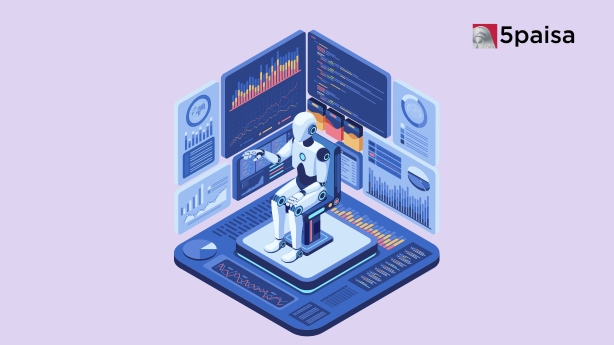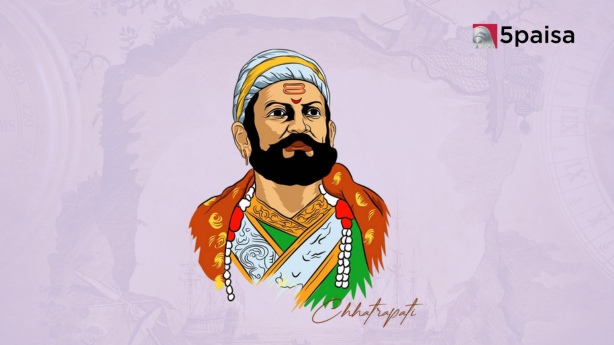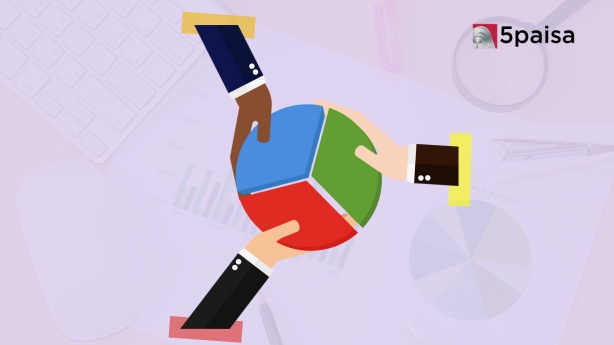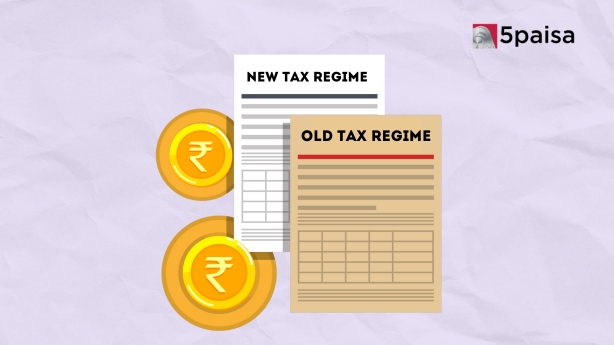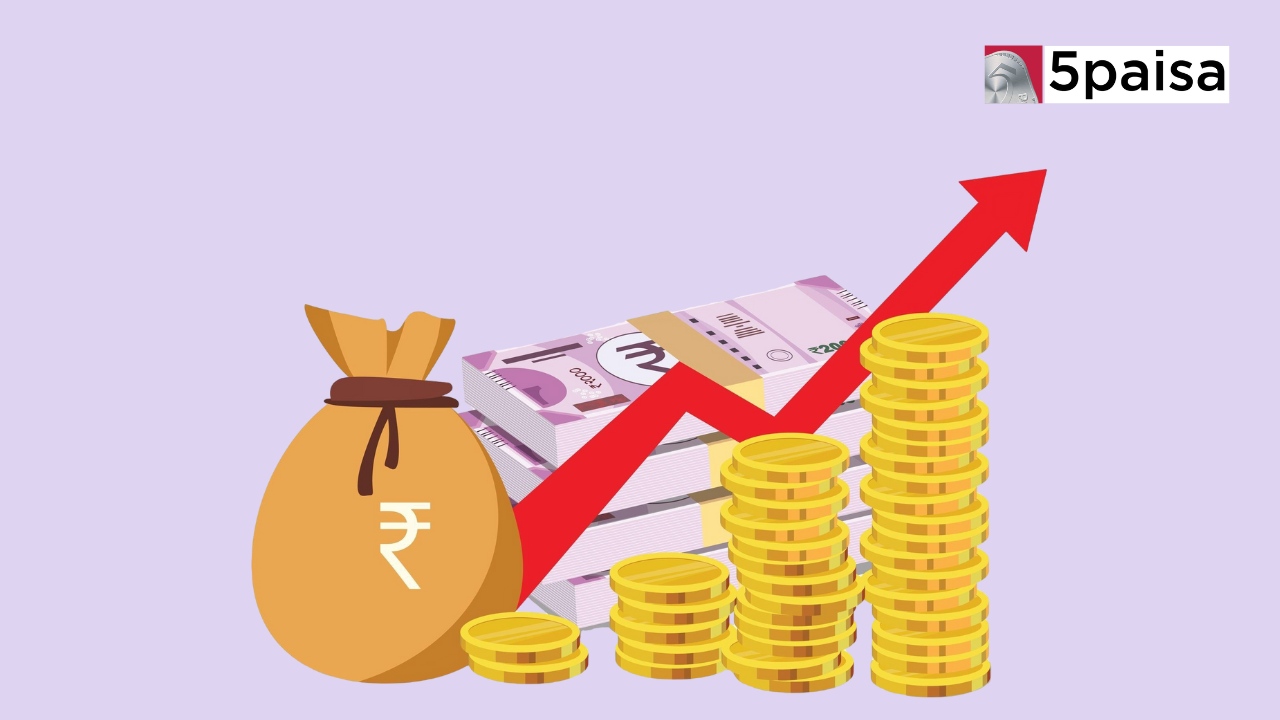3 Technologies Disrupting Finance in 2025: AI, Blockchain & Big Data Revolution
How to Invest in Fixed Deposit
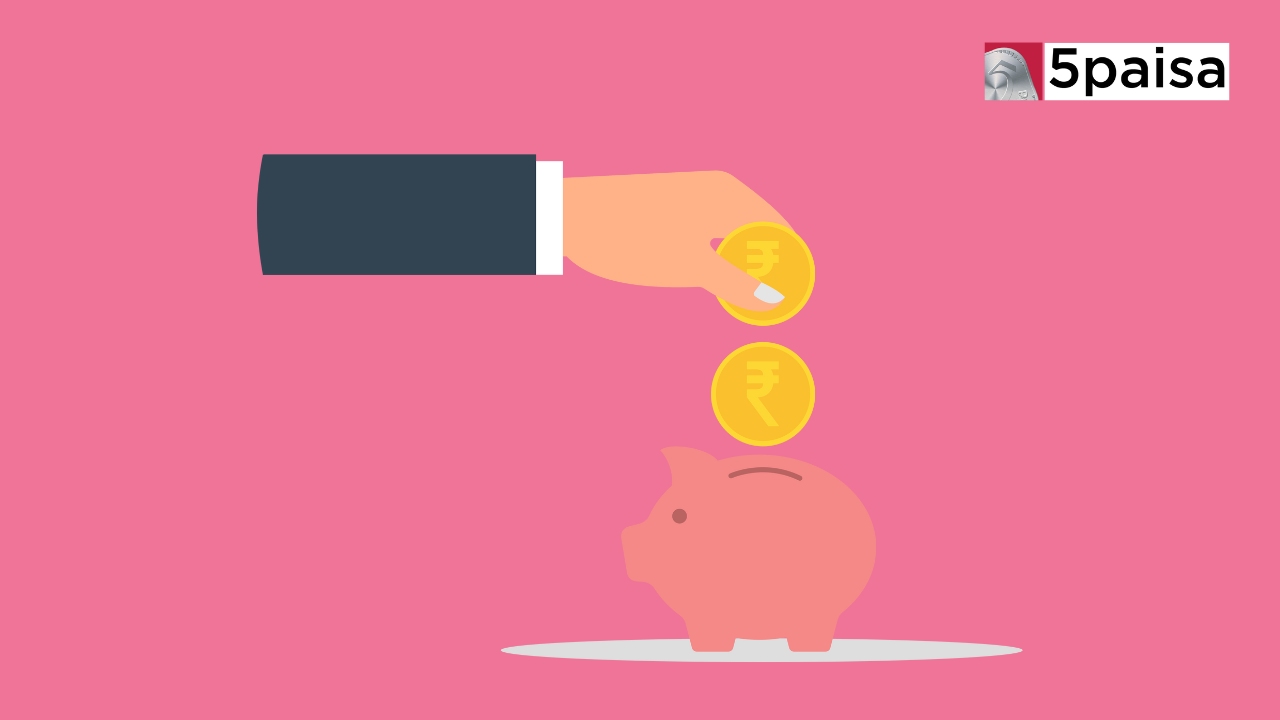
Investing in a fixed deposit (FD) is a popular and secure way to grow your savings. It offers a guaranteed rate of return and is considered a low-risk investment option. FDs could be an excellent choice if you're looking to invest your surplus and earn a steady income.
What Is A Fixed Deposit (Fd)?
FD is a financial instrument offered by banks and non-banking financial companies (NBFCs) in which you invest a lump sum amount for a predetermined period. The invested amount earns interest at a fixed rate, which is decided when opening the FD account. FD holders can receive the interest earned monthly, quarterly, half-yearly, or annually, depending on their preference.
FDs are popular among investors because they are considered one of the safest investment options. They offer guaranteed returns and have minimal risk of capital loss. Additionally, FDs typically offer higher interest rates than regular savings accounts, making them attractive investments for those seeking stable and predictable returns.
How Does A Fixed Deposit Work?
When you open an FD account, you must deposit a specific amount for a predetermined period. This amount cannot be withdrawn until the maturity of the deposit. The investment period can range from 7 days to 10 years, depending on your preferences.
The interest rate offered on an FD depends on the investment period and the amount deposited. Generally, the longer the investment period, the higher the interest rate and the higher the interest earned. The interest earned on an FD gets credited to your linked savings account or can be reinvested in the FD at the end of the tenure, based on your choice.
Benefits Of Investing In Fixed Deposits
● Guaranteed Returns: FDs provide a fixed interest rate, ensuring you receive predictable returns.
● Flexible Terms: Select a term that aligns with your financial goals, ranging from a few days to several years.
● Safety and Stability: FDs are highly secure investments, offering consistent growth for your savings.
● Easy Setup: Opening an FD is straightforward and can be done online with minimal paperwork.
● Loan Facility: You can borrow against your FD at attractive interest rates, up to a certain percentage of the deposit.
● Tax Advantages: Certain FDs, such as 5-year tax-saving deposits, offer tax deductions under Section 80C of the Income Tax Act.
● Senior Citizen Benefits: Special FD schemes with higher interest rates are available for senior citizens.
● Regular Interest Payments: Opt for periodic interest payouts to help manage your monthly expenses.
● Steady Income: FDs can provide a reliable income through regular interest payouts.
● Capital Protection: FDs safeguard your principal amount and provide guaranteed returns.
● Portfolio Diversification: Including FDs in your investment portfolio can add stability.
● Emergency Access: Despite the lock-in period, you can access funds in emergencies by taking loans or making early withdrawals (with penalties).
A Step-By-Step Guide To Invest In A Fixed Deposit
You can open an FD account through two modes: online or offline. Here's a step-by-step guide for each:
Online Process
1. Research: Compare interest rates various banks or NBFCs offer to choose the best option for your investment needs.
2. Visit the official website: Once you've chosen the bank or NBFC, visit their official website.
3. Create an ID or log in: If you're an existing customer, you can log in to your account. However, ff you're new, you can create an ID by providing your personal details, such as name, address, phone number, and email ID.
4. Select the FD account option: After logging in, select the option to open an FD account.
5. Fill in the necessary details: Provide the principal amount, preferred tenure, frequency of interest payouts, and nominee details.
6. Confirm your details and make the payment: Verify the details and make the payment using your preferred mode (net banking, debit card, or credit card).
7. Download the receipt: After making the payment, download the receipt for future reference.
Offline Process
1. Visit the bank branch: If you're an existing account holder, visit the bank branch and fill out the fixed deposit application form. If you're a new customer, complete the KYC process by providing identity proof, address proof, and other necessary documents.
2. Fill out the application form: Provide your account details, the amount you wish to deposit, and the desired tenure.
3. Submit the form and deposit the amount: Once you've completed the form, submit it along with the required deposit amount.
Things To Consider Before Investing In A Fixed Deposit
● Premature withdrawal facility: Check if the FD allows premature withdrawal and understand the associated penalties.
● Safety aspect: Ensure that your FD is insured under the Deposit Insurance and Credit Guarantee Corporation (DICGC) up to a certain limit.
● Taxability: Interest earned on FDs is fully taxable. Check the applicable tax deducted at source (TDS) based on your income and age.
● Suitability: FDs are suitable for retirees, individuals with surplus cash, those with short-term financial goals, and those planning for retirement.
Conclusion
Investing in fixed deposits can be an excellent choice for individuals seeking low-risk investments with guaranteed returns. By understanding the features, benefits, and considerations associated with FDs, you can make an informed decision and effectively plan your investment strategy to achieve your financial goals.
Frequently Asked Questions
What Is The Tenure Or Duration Options Available For Fixed Deposits?
Are There Any Special Fixed Deposit Schemes For Senior Citizens?
Can I Open A Fixed Deposit Account Online?
Yes, you can open a fixed deposit account online through the official websites of banks and NBFCs. The online process is simple and hassle-free, allowing you to open an FD account conveniently from home or office. You'll need to follow the steps mentioned in the guide above, including research, creating an ID (if new), selecting the FD account option, filling in the necessary details, making the payment, and downloading the receipt.
- Flat ₹20 Brokerage
- Next-gen Trading
- Advance Charting
- Actionable Ideas
Trending on 5paisa
02
 5paisa Research Team
5paisa Research Team
Personal Finance Related Articles
Disclaimer: Investment in securities market are subject to market risks, read all the related documents carefully before investing. For detailed disclaimer please Click here.

 Sachin Gupta
Sachin Gupta
 Tanushree Jaiswal
Tanushree Jaiswal
